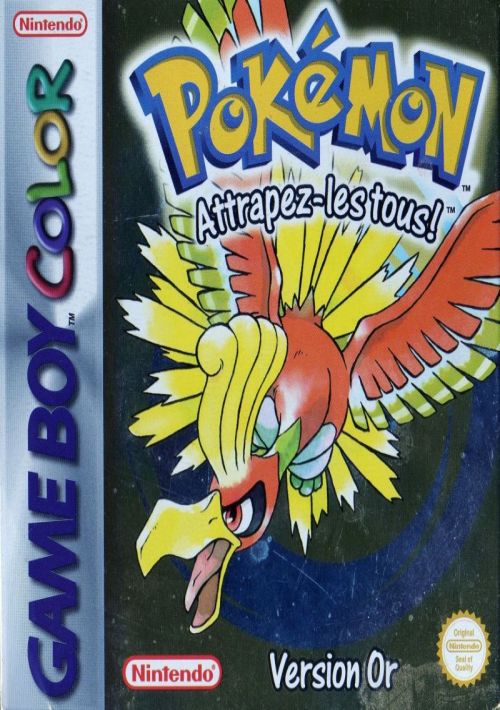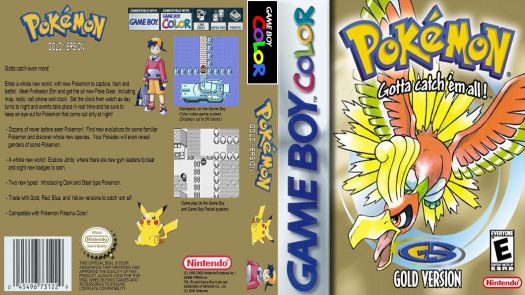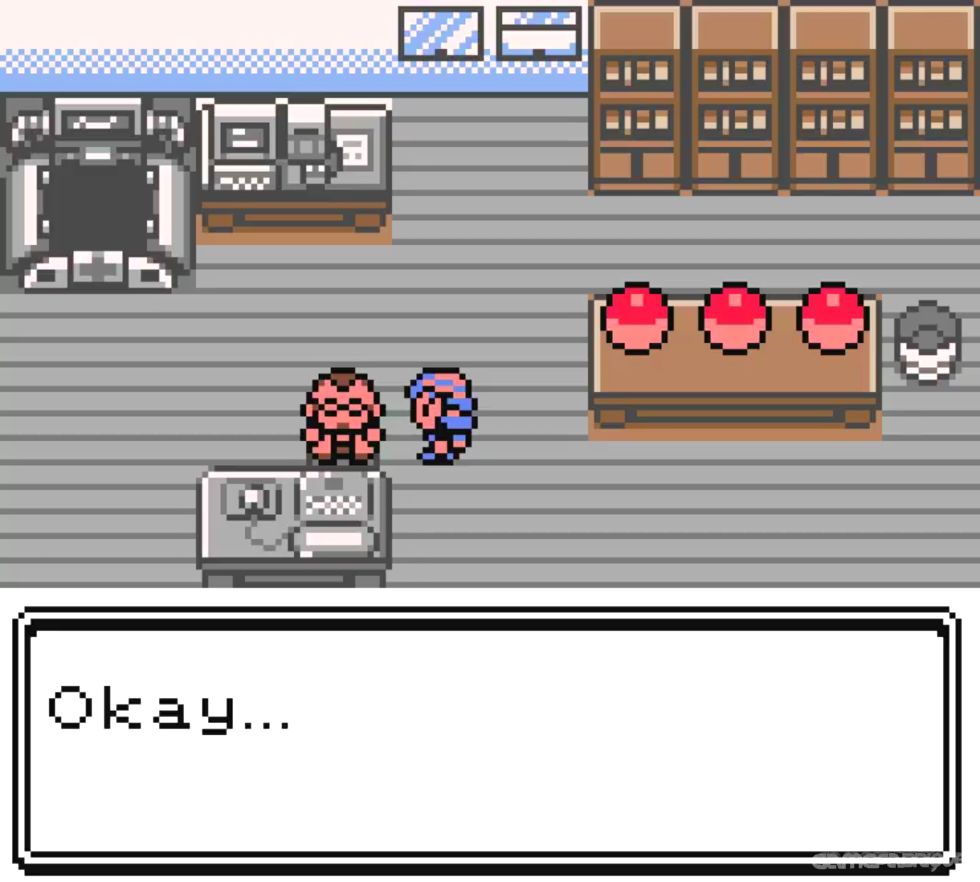

Generation I refers to Red, Green, Blue, and Yellow Generation II refers to Gold, Silver, and Crystal Generation III refers to Ruby, Sapphire, FireRed, LeafGreen, and Emerald Generation IV refers to Diamond, Pearl, Platinum, HeartGold, and SoulSilver Generation V refers to Black, White, Black 2, and White 2 Generation VI refers to X, Y, Omega Ruby, and Alpha Sapphire Generation VII refers to Sun, Moon, Ultra Sun, Ultra Moon, Let's Go, Pikachu!, and Let's Go, Eevee! and Generation VIII refers to Sword, Shield, Brilliant Diamond, Shining Pearl, and Legends: Arceus.
How many pokemon gold download series#
The vast array of creatures is commonly divided into "Generations", with each division primarily encompassing new titles in the main video game series and often a change of handheld platform.

Each iteration of the series has brought about praise and criticism over the numerous creatures.

Sugimori and Hironobu Yoshida lead the team and determine the final designs. However, by 2013 a team of 20 artists worked together to create new species designs. Originally, only a handful of artists led by Ken Sugimori designed Pokémon. There are also some of them that cannot evolve. Many Pokémon are capable of evolving into more powerful species, while others can undergo form changes and achieve similar results. The designs for the multitude of species can draw inspiration from anything such as animals, plants, mythological creatures and inanimate objects. Conceived by Satoshi Tajiri in early 1989, Pokémon are creatures that inhabit the fictional Pokémon World. The Pokémon franchise revolves around 905 fictional species of collectible monsters, each having unique designs, skills, and powers. Remember in the first game that if you wanted to use Cut or Surf you'd have to go into the Pokemon menu and select it? Now all you have to do is move toward the area where you'd use it and press A.The first 150 Pokémon as they appear in Pokémon Stadium, starting with Bulbasaur in the top left corner and ending with Mewtwo in the bottom right corner. If you exchange phone numbers with other trainers you fought in the game, they'll call you for rematches. The Lucky Channel gives out lucky numbers each day and if yours match the ones at the radio tower you can win prizes (what they are you'll have to find out for yourself). Radio stations vary from Professor Oak's Pokemon Channel (which gives you locations of the monsters in the game), a music channel and the Lucky Channel. Keeping track of time is important as some monsters only appear during certain times of the day. With the Pokegear you can check the time, look at an overworld map, make and receive cellular phone calls and listen to the radio, among other things. The Pokegear is possibly the handiest gadget in the game next to the backpack. Like the previous versions there are monsters only available in one cart or the other. There are artwork differences between Gold and Silver-some Pokemon have different poses depending on which version you're playing.

Special versions of different monsters will turn up during the game too, and you'll only have one chance to catch them (for instance, the Gyarados who's terrorizing a lake area is gold-colored, different from normal). Gold and Silver have two new types of Pokemon-Dark and Steel, in addition to later evolutions of some monsters like Onixand Slowbro. Eevee can evolve into two additional forms-A psychic Eevee and a dark Eevee. Get a male and a female of those and take them to a farming couple which breeds Pokemon and you'll get an egg about a half hour later (see sidebar). Some of these are pre-evolved forms of popular monsters like Pikachu, Electabuzz and Clefairy. There are a total of 251 Pokemon in the new games-151 from the first, and too new.


 0 kommentar(er)
0 kommentar(er)
